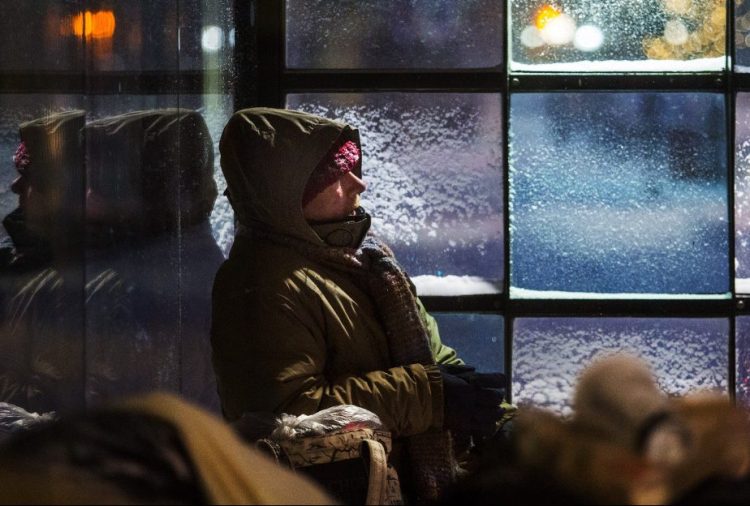November is National Homeless Youth Awareness Month, and boy does the subject need more awareness.
If the homeless are as a population largely invisible to most Americans, homeless youths are even more so. And it shows – resources targeted toward children and young adults without a fixed address or familial support fall far short of what is needed to address the problem. As a result, tens of thousands of them are suffering in a way that will affect the rest of their lives.
HARD TO PIN DOWN
The National Alliance to End Homelessness counted nearly 41,000 unaccompanied homeless youths nationwide on a single night in 2017, most of them ages 18 to 24. The group estimates that every year, 550,000 young Americans are homeless for at least a week, and half of those under age 18.
But it is a hard population to pin down. Rather than living on the street, the youths are staying night to night on couches, in cars and around various all-night establishments. As such, estimates are just that – estimates. There are indications that the reality is worse, and that even with new investments, services for this vulnerable population don’t come close to meeting what is called for.
That’s fitting, because a line can directly be drawn between the boom in youth homelessness and the lack of support for families at the lowest rung of society. Poverty is the chief source of homelessness, and through homeless youths we can see how that really works.
Some youths are homeless and on their own because their families could not find housing and then slowly broke apart, either because of the stress of homelessness or the dearth of family shelters. Some are running from abusive homes, often because the teen identifies as LGBTQ. Some are fleeing drug-addicted parents, or have addiction or mental health problems themselves. Some are leaving bad foster care placements, or have aged out of a system that cuts them off when they turn 18.
Once out of their homes, things don’t get much better. Young people on the street are vulnerable to violence and sexual exploitation along with all the other stresses and traumas that define homelessness.
EARLY INTERVENTION
For their developing brains, it can be too much to handle. Children and young adults who experience such stress and trauma permanently rewire their brain chemistry, making it difficult for them to manage their lives going forward. And the longer they stay homeless, the more likely it will become a way of life.
That’s why early intervention is so important. Ideally, youths whose families were in danger of dissolving would be identified first so that homelessness could be prevented. They could be connected to appropriate services, such as counseling or housing support.
If it’s too late, then the key is getting them re-tethered to society. At that point, they need safety and shelter, and often medical services, including mental health care. They need to be surrounded by people who understand trauma and who demonstrate good habits that can be emulated.
But in order to help homeless youths, we need to acknowledge their existence, and that the problem requires a different approach than adult homelessness. These kids are certainly out there, in areas urban and rural, slowly drifting away. We should act before it’s too late.
Send questions/comments to the editors.


